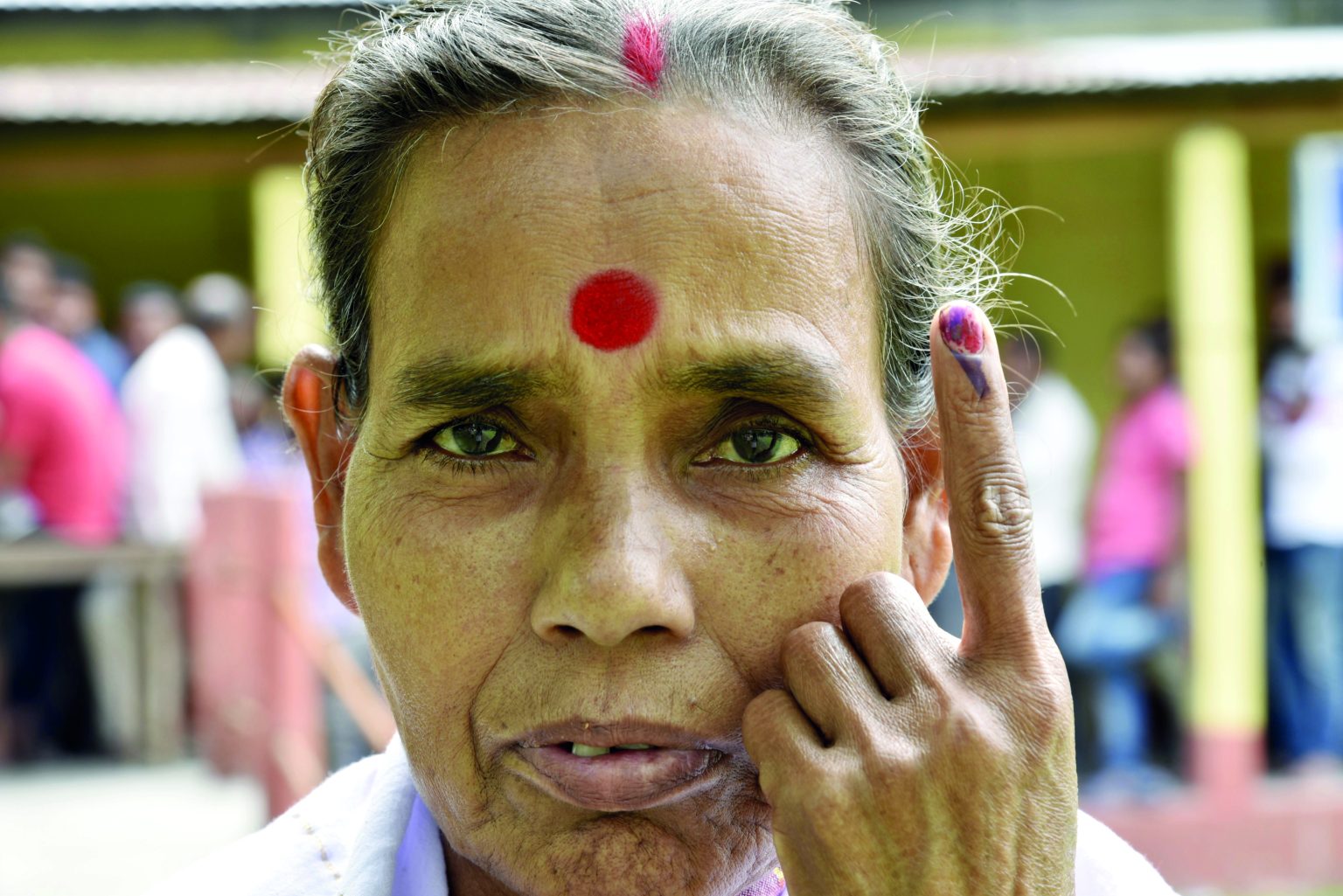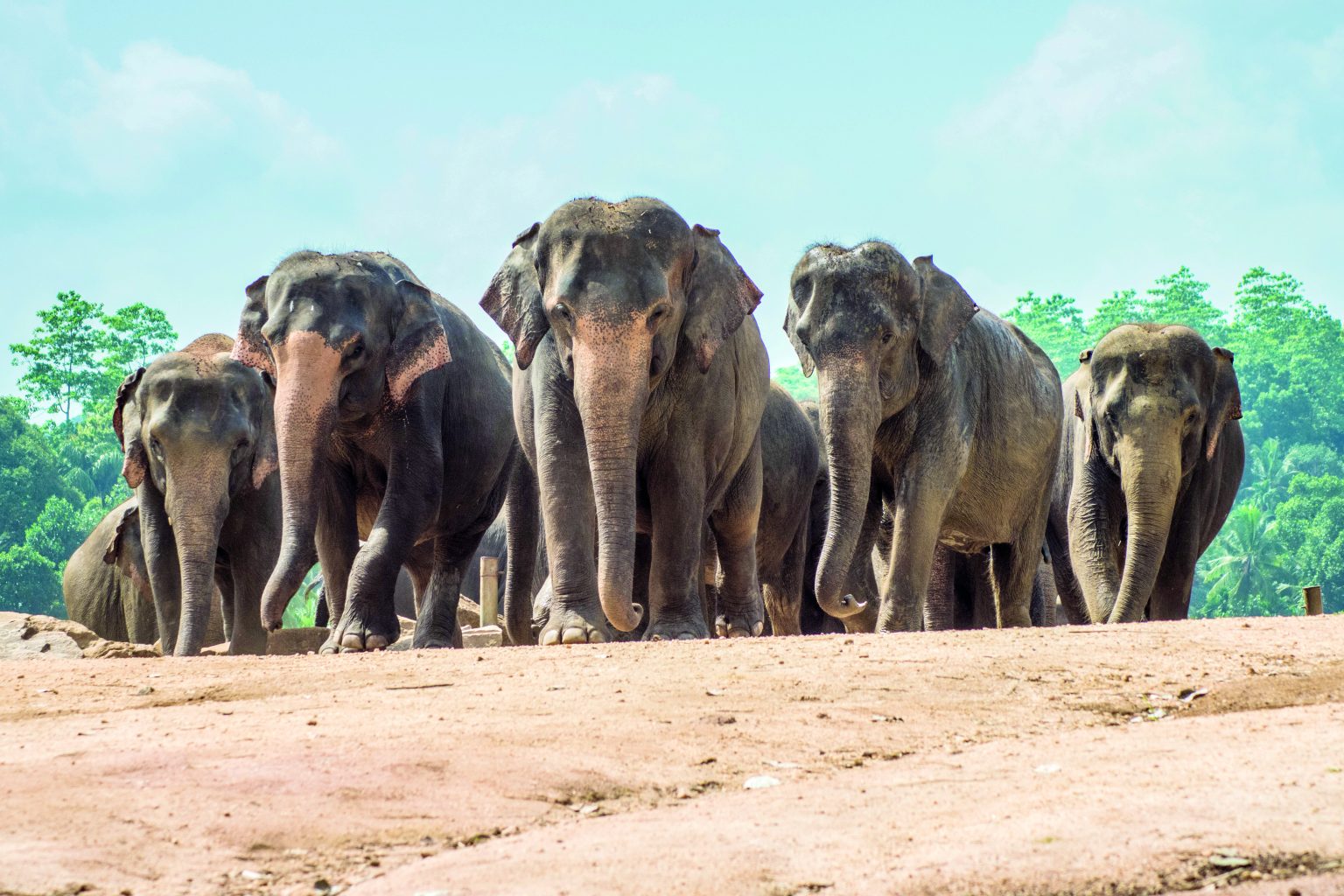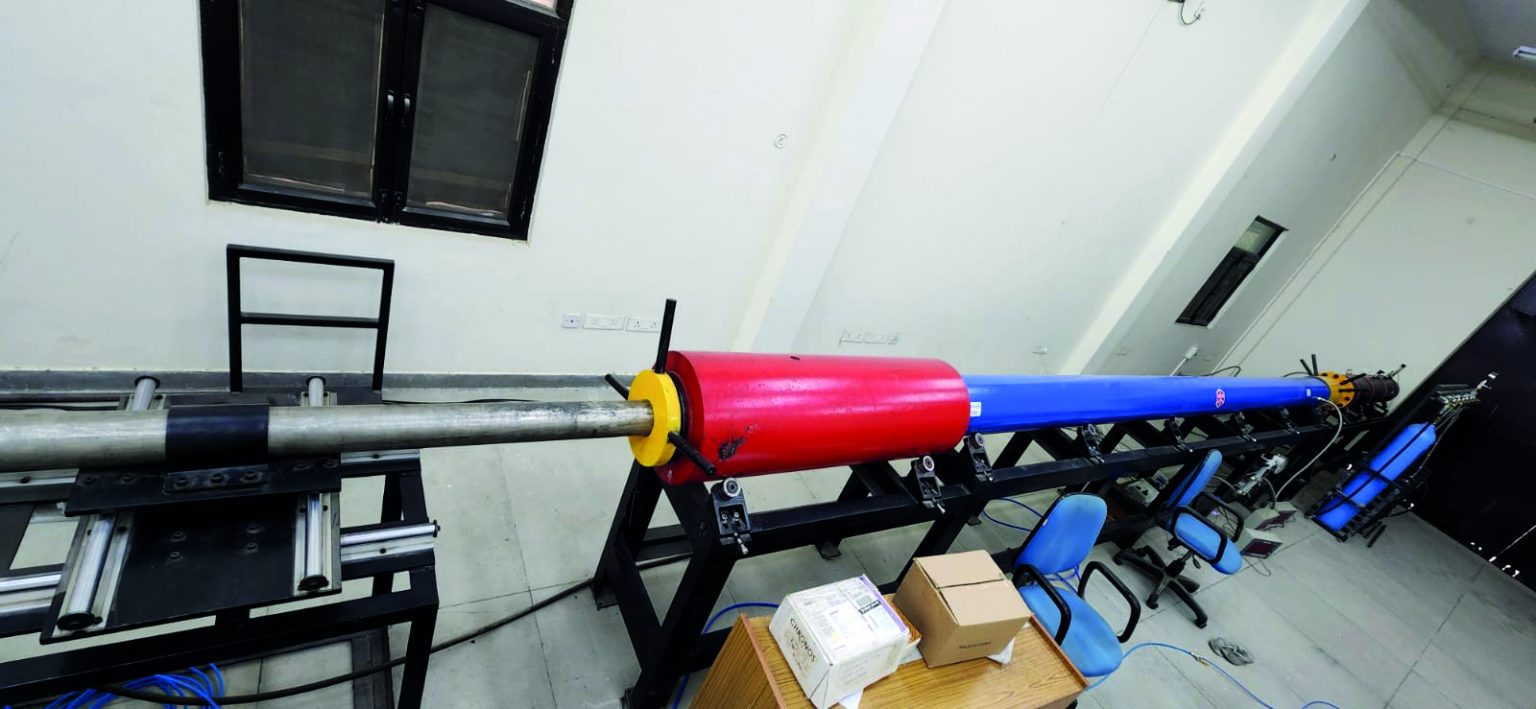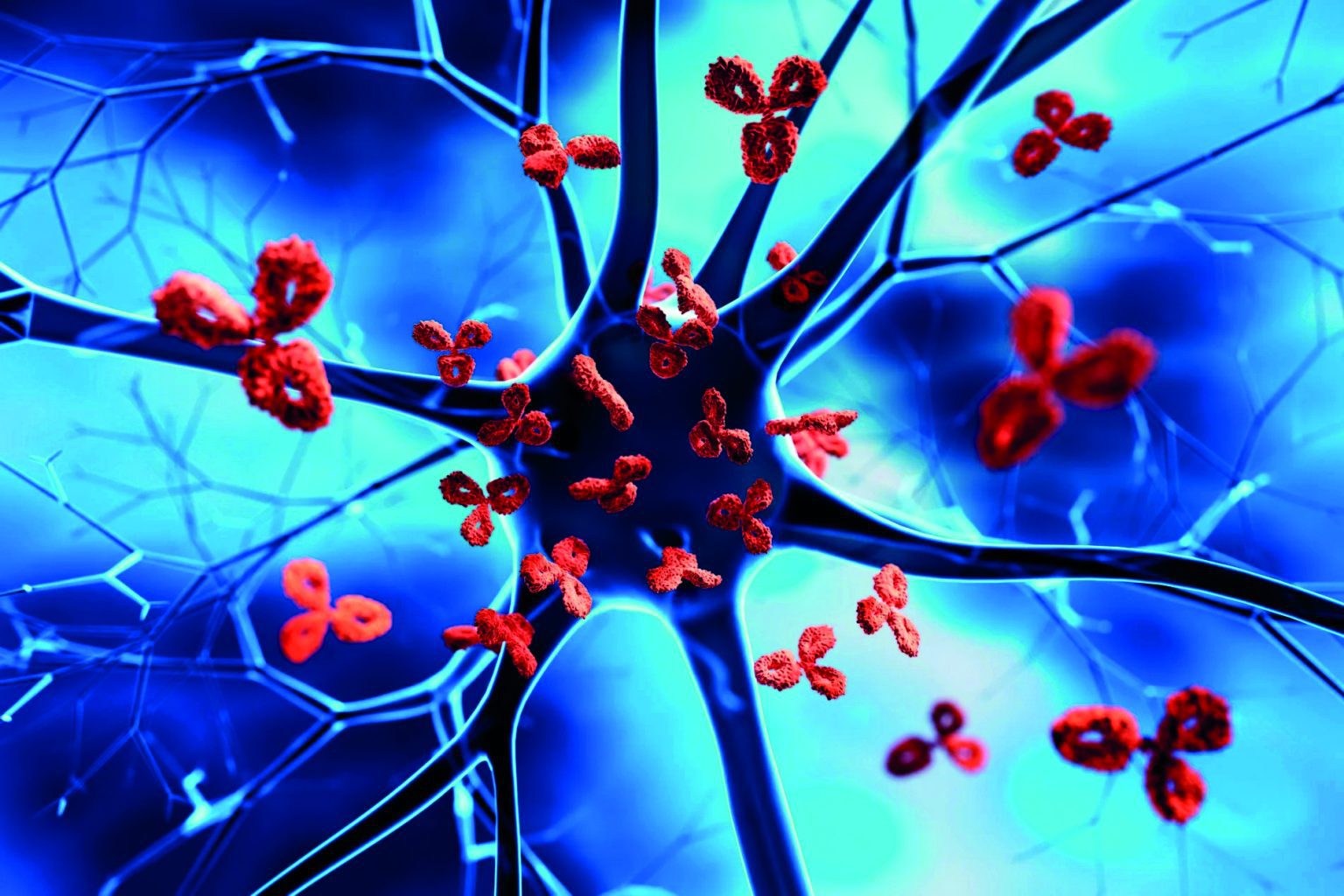Author: Science India Bureau
Madhav Gadgil Report In A Nutshell
Image Courtesy: Wikimedia Commons The Western Ghats stand as one of the world’s most remarkable mountain ranges along India’s western coastline. Spanning 1,600 kilometers from the Tapti River in Maharashtra to Swamithoppe in Tamil Nadu, this ancient range spanning over six states, is not just a geographical marvel but also a cradle of unparalleled biodiversity and cultural richness. It’s one of the 36 Global Biodiversity Hotspots and a UNESCO World Heritage Site. Despite covering less than 6% of India’s land area, they harbour an astonishing 30% of the country’s plant, fish, amphibian, bird, and mammal species. This includes a significant…
ISRO’S PATHFINDERS
Dr Vikram Ambalal Sarabhai(1919 – 1971)Tenure: 1963-1971Padma Vibhushan The Father of the Indian Space Programme, Dr Vikram A Sarabhai was a great institution builder. After the launch of the world’s first artificial satellite in 1957, the Russian Sputnik, he convinced the government of the importance of a space programme for India, emphasising its relevance in addressing real societal issues. On his suggestion, the Indian National Committee for Space Research (INCOSPAR) was established in 1962 (which would transform into ISRO in August 1969). Dr Sarabhai’s vision was supported by Dr Homi Jehangir Bhabha, leading to the establishment of India’s first rocket…
To combat the menace of plastic pollution, scientists at the Indian Institute of Science (IISc) have designed a sustainable hydrogel to remove microplastics from water. In a press release, Bengaluru-based IISc explained that the hydrogel has a unique intertwined polymer network that can bind the contaminants and degrade them using UV light irradiation. All Images Courtesy: IISc Microplastics have been discovered practically everywhere on the Earth, from mountains to oceans. The United Nations Development Programme (UNDP) claims these microscopic plastic particles, which are less than five millimetres, have found their way into our land, oceans, and even the air we…
Image Courtesy: Shutterstock Amidst the ongoing great Indian Lok Sabha election jamboree of ballots and booths with a voter base of nearly 97 crore, lies a humble yet indispensable element — the indelible ink. More than just a mark on the finger, it symbolizes the essence of India’s commitment to fair and free elections. Beyond its functional role, indelible ink carries immense symbolic weight. It signifies the solemn act of participating in the democratic process, a fundamental right and duty of every citizen. The ink-marked finger becomes a badge of honour, proudly displayed by voters as a testament to their…
Image Courtesy: Wikimedia Commons A group of researchers in India for the first time ever has documented how Asian elephants bury dead calves. Five calves were found buried on their backs in drainage ditches in tea gardens in northern Bengal, according to a study conducted by the researchers at the Indian Institute of Science Education and Research (IISER). According to a report published in the CNN.com, the study was published in the internationally acclaimed Journal of Threatened Taxa on February 26. In the report, CNN has quoted a senior research fellow Akashdeep Roy, at the Indian Institute of Science Education…
Dr Neeraj Kayal is a much awarded computer scientist and mathematician, who has many feathers in his cap, the two most recent ones being the Shanti Swarup Bhatnagar Prize for Mathematical Sciences in 2022 and the Infosys Prize in Mathematical Sciences in 2021 for his contributions to Computational Complexity. He graduated with a BTech from the Computer Science Department of the Indian Institute of Technology, Kanpur (IITK), in 2002, and the same year, along with Manindra Agrawal and Nitin Saxena introduced the AKS primality test, which garnered international attention and was featured in a report in The New York Times as well. He earned his PhD…
Images Courtesy: Department of Science and Technology Rheumatic heart disease, which leads to the damage of heart valves needing prosthetic replacement, is a challenge in India. In the 1980s, based on the estimate of the Indian Council for Medical Research (ICMR), 6 out of every 1000 children had rheumatic fever and the young population at risk for valvular disease was estimated at 12 lakhs. The valves, which are the solution to the disease, needed to be imported at a very high cost and were not affordable to all. Sree Chitra Tirunal Institute for Medical Sciences and Technology (SCTIMST), an autonomous…
India’s First Hypervelocity Test Facility
Science India Bureau The Indian Institute of Technology, Kanpur (IITK) has successfully developed and tested India’s first Hypervelocity Expansion Tunnel Test Facility, marking a significant milestone in the nation’s progress towards Atmanirbharta (self-reliance). With this significant accomplishment, India joins a select group of nations possessing this cutting-edge hypersonic testing capacity. The S2 facility can simulate hypersonic conditions for vehicle atmospheric entry, asteroid entry, scramjet missions, and ballistic missiles. It can generate flight speeds ranging from 3 to 10 km/s. For ongoing ISRO and DRDO projects like Gaganyaan, RLV (reusable launch vehicle), and hypersonic cruise missiles, this makes it a useful…
Novel Insights into Autoimmune Illnesses
Dr Dipyaman Ganguly is an Indian physician-scientist who specialises in immunology and cell biology. He is currently a Principal Scientist and Swarnajayanti Fellow at the CSIR-Indian Institute of Chemical Biology (IICB), Kolkata. He is the director of the Dendritic Cell Laboratory at the IICB, also referred to as the Ganguly Lab, where he accommodates a number of researchers who study the pathophysiology of inflammatory illnesses and the control of innate immunity. For his contributions to the medical sciences, he was awarded the Shanti Swarup Bhatnagar Prize for Science and Technology in 2022 by the Council of Scientific and Industrial Research,…
Coherent Interactions of Neutrinos
Prof Basudeb Dasgupta is a physicist who works on neutrinos and dark matter. In 2022, he received India’s top science honour in Science and Technology—the prestigious Shanti Swarup Bhatnagar Prize in the Physical Sciences. He is also a recipient of the ICTP Prize for 2019, awarded by the International Centre for Theoretical Physics. Prof Dasgupta acquired his PhD in 2009 from the Tata Institute of Fundamental Research. Following that, he worked as a postdoctoral fellow at the International Centre for Theoretical Physics, the Max Planck Institute for Physics, and Ohio State University. In September 2015, he started working as an Associate Professor at the Tata Institute of Fundamental…














